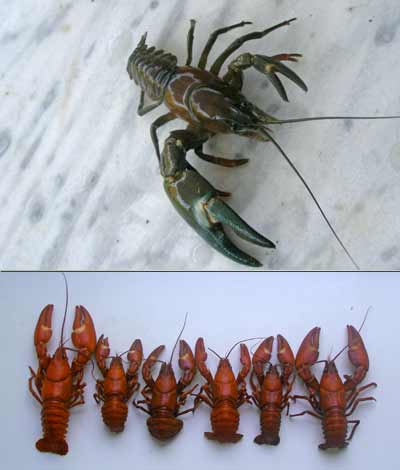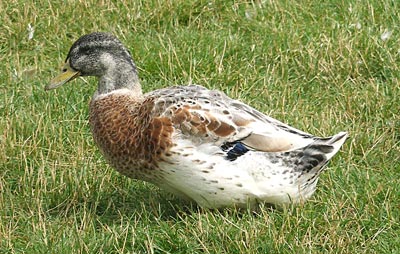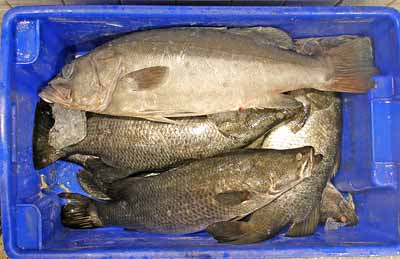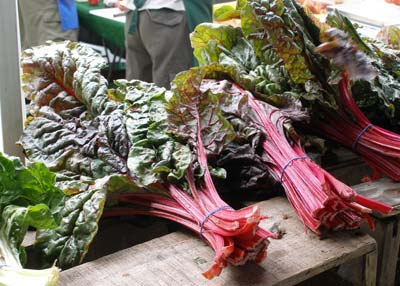
American signals. A species of freshwater crayfish which has slowly done to the indigenous crayfish of Great Britain what the grey squirrel did to the red. It is fast growing and resistant to disease. These are crustaceans which resemble small lobsters, with most of the sweet meat in the tail and with red claws almost as large as their bodies. Like lobsters, they are mottled blue-black until they are cooked, when they turn bright red. They breed in autumn (US: fall) and the best are those caught in summer. They seek out unpolluted lakes and streams. Their presence in a dish may be indicated by Nantua as part of the description. They are sometimes erroneously called crawfish.
Soft bean curd with a delicate texture which is strained through a fine, sometimes silk, cloth before fermenting and then allowed to settle without pressing, which gives it a smooth pattern. It is almost the consistency of an egg custard.
An ancient Asian breed of hen so named for their feathers which have no stiff fibre, resulting in them having a fluffy appearance. They have blue skin, five toes and feathered legs and are flightless. They have a propenstiy to be broody and have good mothering qualities. They will attempt to hatch any egg then can cover and will foster any chick, whatefer the size.
Straining soy milk through silk before coagulating into tofu produces kinu-goshi, or silk tofu. There are two different types, that are both delicate with an egg custard type consistency.

The Silver or Large Appleyard duck is a good layer as well as being a good table duck. It is so attractive that it is often used simply as an ornamental breed. First developed in the 1930s and 40s in the United Kingdom by Reginald Appleyard, the aim was to produce an all-round duck. They are broad and alert, active ducks with orange legs. The dark green head of the drake has silvery markings and a white/silver line separates the claret feathers at the base of the neck and the shoulders. The claret feathers of the breast have white beneath and the bib fades into silver under the body. Over the back the claret merges into dark grey feathers and the rump is solid dark green, as are the feathers under the tail. The tail itself is grey with broad white edging. Their wings are chestnut, grey and white with a iridescent blue flash. The drake's bill should be yellow - green. The duck's head and neck are silver white with a band of brown flecked fawn over the crown and back of the neck. This band merges into the heavily fawn flecked feathering of her back without a break. A fine fawn line marks through the eye. Most of the body from breast to flank is creamy white. The tail is darker fawn as are the wings. Her bill is yellow with a brown saddle.

A name for the barramundi, an Asian sea perch living in mangrove estuaries and creeks around the northern coasts of tropical Australia, from the Aboriginal for "large in size" and can grow up to 2 metres (6 ft) in length. This firm textured white fish can be steamed, grilled or fried, and stands up well to grilling over coals. They look like perch, with the same hump-backed appearance.

Swiss chard. A vegetable with large, dark leaves and fleshy ribs, mainly of a creamy white but sometimes a vibrant red. Leaves are cooked in the same way as spinach. The ribs are peeled and cut into manageable chunks and boiled or added to soups or stews. They are tender when young, stringy when old.